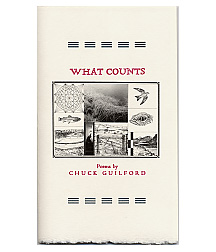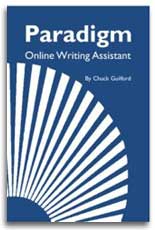Brackets and Ellipses
These two marks are often used in connection with quotations. Brackets are used when you want to insert something in a quotation, and ellipses are used when you want to cut something out.
Original statement: "Another mistake there may be in the Picture of our first Parents, who after the manner of their posterity are both delineated with a Navell." — Sir Thomas Browne
Quoted version: "Another mistake there may be in the Picture of our first Parents [Adam and Eve], who ... are both delineated with a Navell." — Sir Thomas Browne
Brackets tell us that "Adam and Eve" do not belong to the original passage but have been inserted by the person quoting it. Likewise, the ellipsis tells us that between "who" and "are" some words have been omitted. Otherwise, the quoted version is scrupulously true to the original, even maintaining Browne's antique spelling and capitalization.
Notice how the brackets and the ellipsis are indicated. Brackets (sometimes called square brackets) have distinct corners in contrast with parentheses (sometimes call curves). An ellipsis consists of three consecutive periods, each preceded and followed by a space. When the ellipsis comes at the end of a sentence, a fourth dot (the sentence's period) is added.
Example: Notice how the brackets and the ellipsis are indicated. . . . An ellipsis consists of three consecutive periods, each preceded and followed by a space.
Activity
4.24 Find three examples of quotations that make use of brackets and three that make use of ellipses. Look for examples in books or in advertisements for books or movies. Briefly explain why the marks have or have not been used effectively.




